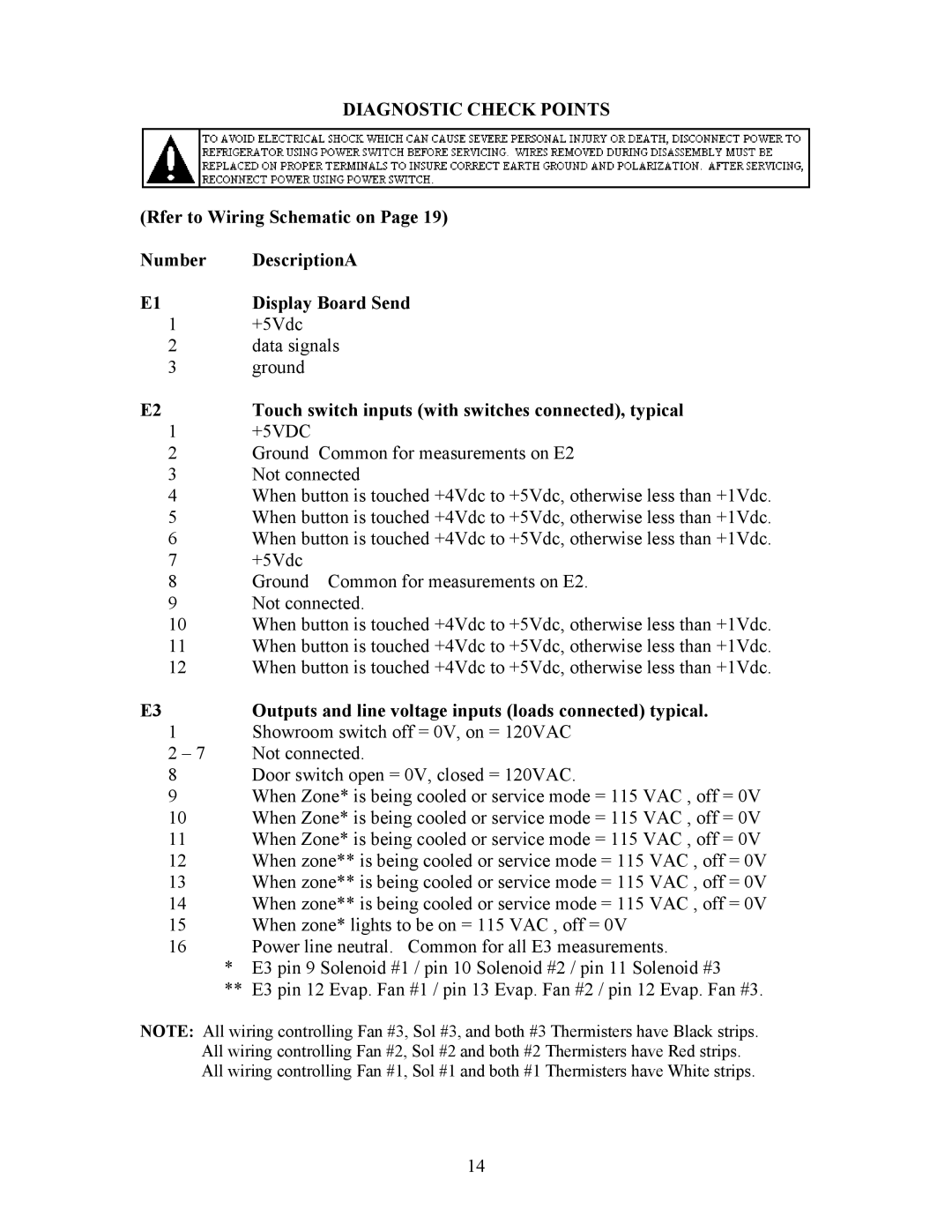VCWB300 specifications
The Viking DFWB, VCWB300, and DDWB300 are a series of advanced water-based fire suppression systems that embody cutting-edge technology and innovative design to ensure optimal fire safety in various environments. These systems are widely recognized for their reliability and effectiveness in combating fires, particularly in commercial and industrial settings.One of the main features of these systems is their ability to utilize water as the primary extinguishing agent. Water-based systems are known for their effectiveness in cooling burning materials and preventing reignition. The Viking models employ a range of technologies to maximize the efficiency and reach of water application. Notably, these systems often come equipped with specialized nozzles that provide an even distribution of water over the fire area, ensuring comprehensive coverage.
The Viking DFWB model stands out for its flexibility and adaptability, making it suitable for various applications including warehouses, factories, and storage spaces. It is designed to operate at different pressure levels, allowing it to be customized for various fire scenarios. This adaptability is complemented by an intuitive control panel that provides real-time feedback and diagnostics, enabling swift responses to potential fire threats.
In contrast, the VCWB300 model emphasizes compact design and easy installation. Its streamlined setup process is particularly beneficial for facilities with space constraints. The VCWB300 features an integrated pump and a user-friendly interface which simplifies operation. This model also supports advanced networking capabilities, allowing for seamless integration into broader fire safety systems, providing operators with enhanced control and monitoring.
Meanwhile, the DDWB300 is engineered for high-volume applications. This model is particularly effective in environments that require significant water flow rates to combat large-scale fires. It is equipped with advanced pump technology and features robust backup systems to ensure functionality even in emergency situations. The DDWB300’s design includes durable materials that withstand harsh conditions, enhancing its longevity and reliability.
All three models are characterized by their commitment to safety regulations and standards. The Viking DFWB, VCWB300, and DDWB300 are engineered to meet or exceed industry codes, ensuring compliance while providing peace of mind to facility managers and safety officers.
In summary, the Viking DFWB, VCWB300, and DDWB300 fire suppression systems exhibit state-of-the-art technology and design tailored to diverse fire safety needs. Their individual features, combined with a commitment to performance and reliability, make them ideal choices for organizations prioritizing fire safety and risk management. These systems not only protect physical assets but also ensure the safety of personnel in vulnerable environments.

